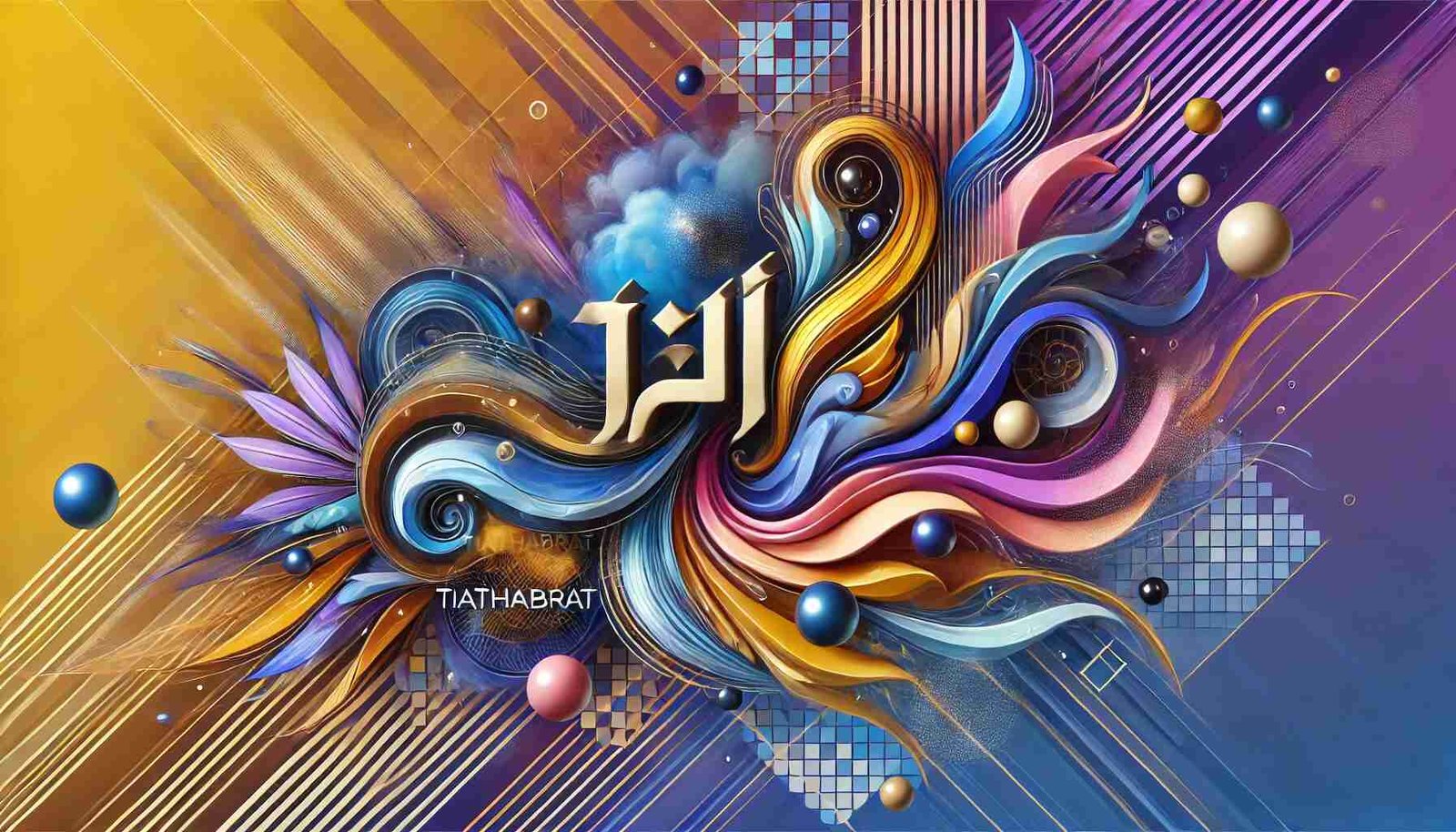Introduction to Tiathabrat
Tiathabrat is a term that resonates deeply with cultural enthusiasts and historians alike. It embodies a unique blend of tradition, ritual, and historical importance, making it more than just a word but a window into a world rich with heritage.
In this guide, we’ll delve into the origins, practices, and enduring relevance of Tiathabrat, offering a complete picture for beginners and seasoned learners alike.
The Origins of Tiathabrat
Historical Background
Tiathabrat dates back centuries, originating from ancient communities that valued its significance. It was part of social rituals and symbolized continuity and unity within those communities. Stories and oral traditions played a vital role in passing down the essence of Tiathabrat from one generation to the next.
Mythology and Symbolism
Embedded in folklore, Tiathabrat has been associated with prosperity and protection. Myths surrounding Tiathabrat often highlight resilience, community, and spiritual connection themes. Understanding these stories provides a deeper appreciation of why this term holds so much cultural weight.
The Cultural Significance of Tiathabrat
Traditional Practices
Tiathabrat was once observed in grand ceremonies that involved music, dance, and communal gatherings. These rituals allowed communities to unite, share stories, and reaffirm their cultural identity. Traditional attire, food, and specific chants often accompanied these gatherings, creating a vivid celebration of unity and tradition.
Modern-Day Relevance
Today, Tiathabrat may not be as widely practised as once, but its essence lives on in more subtle forms. Some communities celebrate Tiathabrat in smaller, more intimate gatherings, often adapted to modern lifestyles. Its principles of community and heritage are still cherished, making it a symbol of cultural pride and resilience.
How Tiathabrat Is Practiced Today?
Contemporary Celebrations
In modern settings, Tiathabrat is celebrated through events that blend traditional and contemporary elements. For example, smaller groups may host dinners or symbolic rituals that reflect the old customs but with a modern twist. This adaptation helps younger generations appreciate and partake in their heritage without feeling disconnected from the present.
Integration with Art and Media
Artists and writers have begun incorporating Tiathabrat into their work, blending its themes into films, literature, and visual art. These portrayals help keep the tradition alive by reimagining it for a modern audience. Whether through storytelling, music, or theatre, the legacy of Tiathabrat continues to inspire creative expression.

Preserving the Legacy of Tiathabrat
Educational Efforts
One way to ensure Tiathabrat’s survival is through education. Schools and cultural organizations are gradually including elements of Tiathabrat in their curricula or programming, allowing younger generations to learn about their cultural heritage in a structured manner.
Community Initiatives
Community leaders often spearhead efforts to hold workshops and storytelling sessions focused on Tiathabrat. These gatherings educate and foster a sense of belonging and pride among participants, reinforcing the importance of cultural preservation.
FAQs
What does Tiathabrat mean?
Tiathabrat is a significant cultural practice or tradition rooted in community and historical rituals, often symbolizing unity and continuity.
Is Tiathabrat still relevant today?
While less widespread than before, Tiathabrat remains relevant through modern adaptations in celebrations, art, and community initiatives.
How is Tiathabrat traditionally celebrated?
Traditionally, Tiathabrat involved large communal gatherings with rituals, music, and dance. Specific foods and chants were integral to the celebrations, creating a shared identity.
Can anyone participate in Tiathabrat celebrations?
Participation varies by community, but many modern adaptations are open and inclusive, encouraging people from different backgrounds to appreciate the tradition.
How is Tiathabrat represented in art?
Tiathabrat has found its way into modern art, literature, and media as a source of inspiration. Its themes of resilience and heritage make it a popular subject for creative reinterpretation.
What efforts are being made to preserve Tiathabrat?
Tiathabrat is being preserved and passed on to future generations through educational programs, community events, and cultural workshops.
Conclusion
Tiathabrat is more than a tradition—it is a legacy that continues to hold cultural importance even as it evolves.
Understanding its origins, traditional practices, and modern-day relevance provides a full appreciation of why Tiathabrat remains a cherished part of heritage for many. Whether celebrated through grand ceremonies or subtle artistic expressions, Tiathabrat exemplifies the enduring power of cultural tradition.
Latest Post!
- WepBound: The Next Big Thing in Digital Transformation
- ATFBoru: How This Platform Is Shaping the Future of Innovation
- Florian Hartenstein: Exploring the Life and Achievements of a Visionary
- Leah Gettens: Unveiling the Journey of a Rising Star
- The Fapdemic: How the Digital Age is Shaping Modern Addiction
- PuppygirlXD: How Digital Communities Are Shaping New Identities






